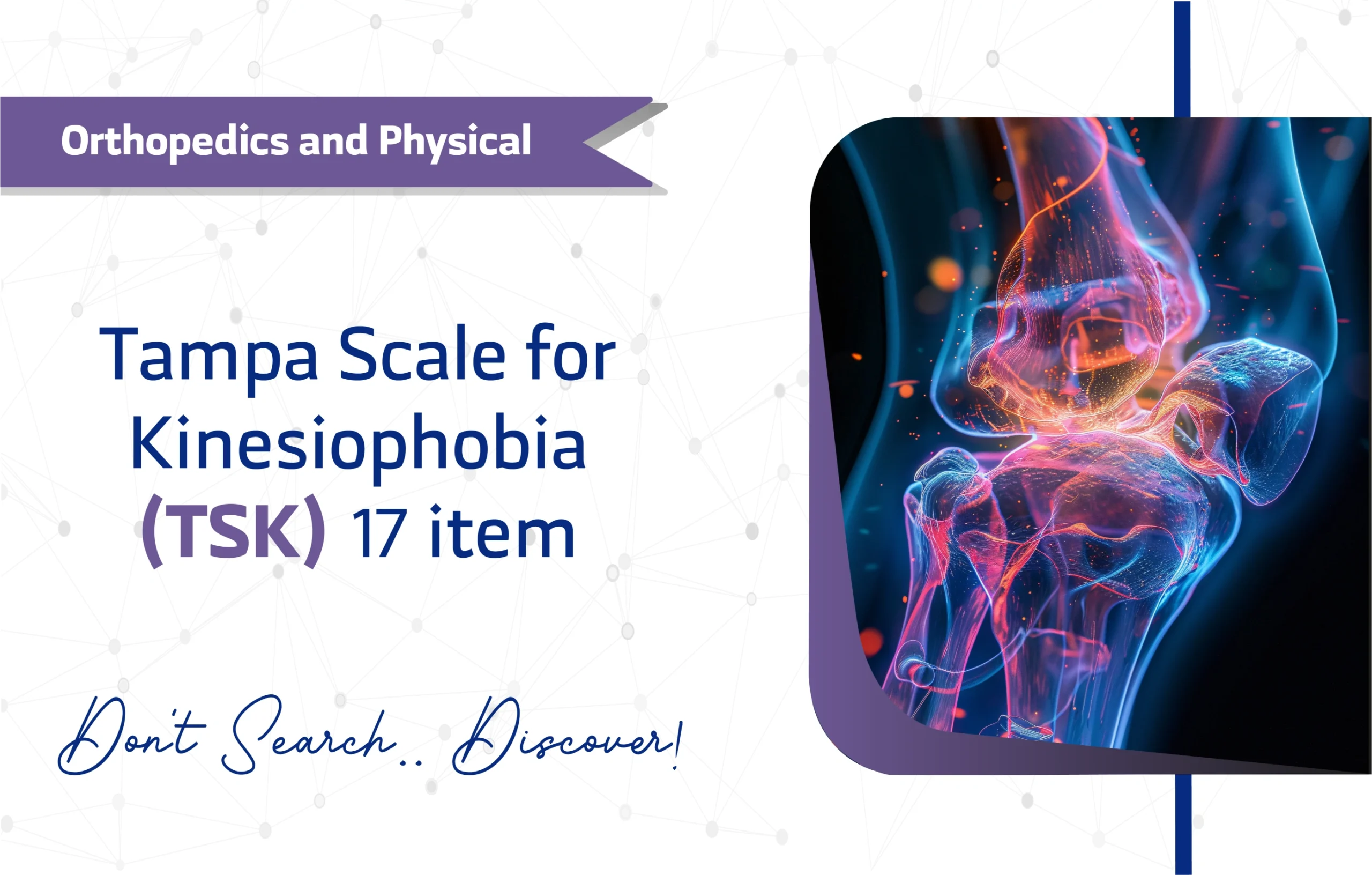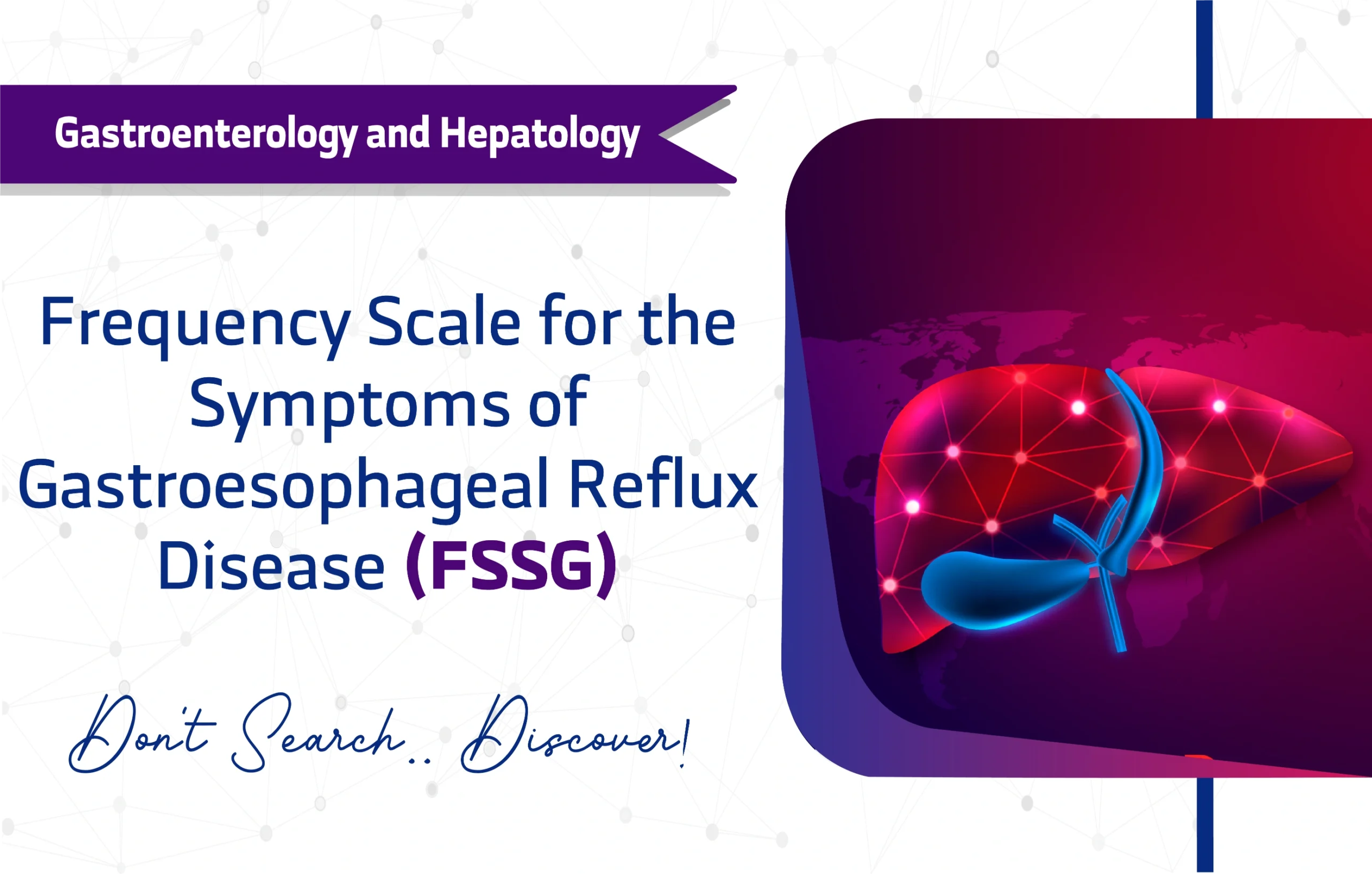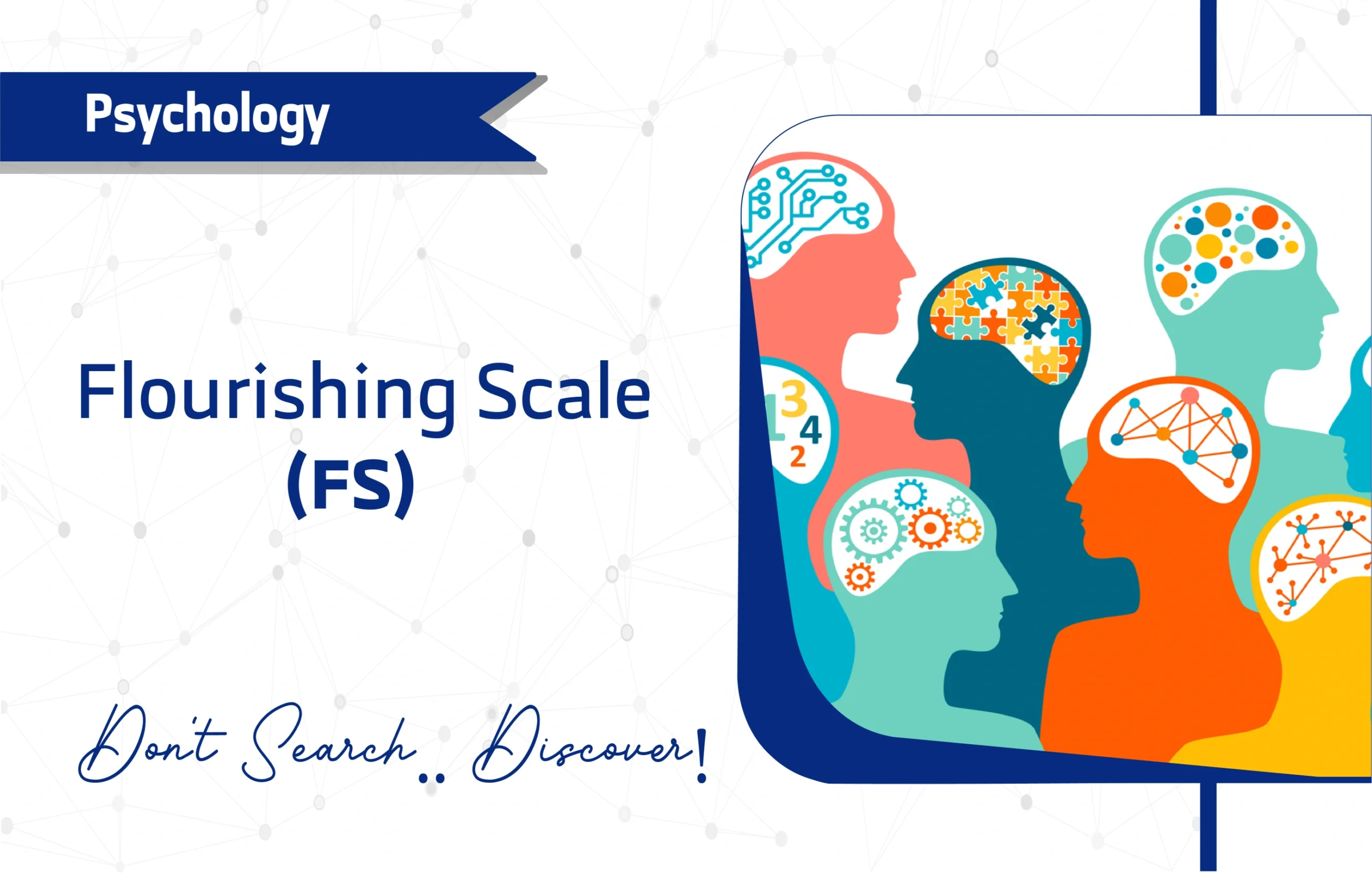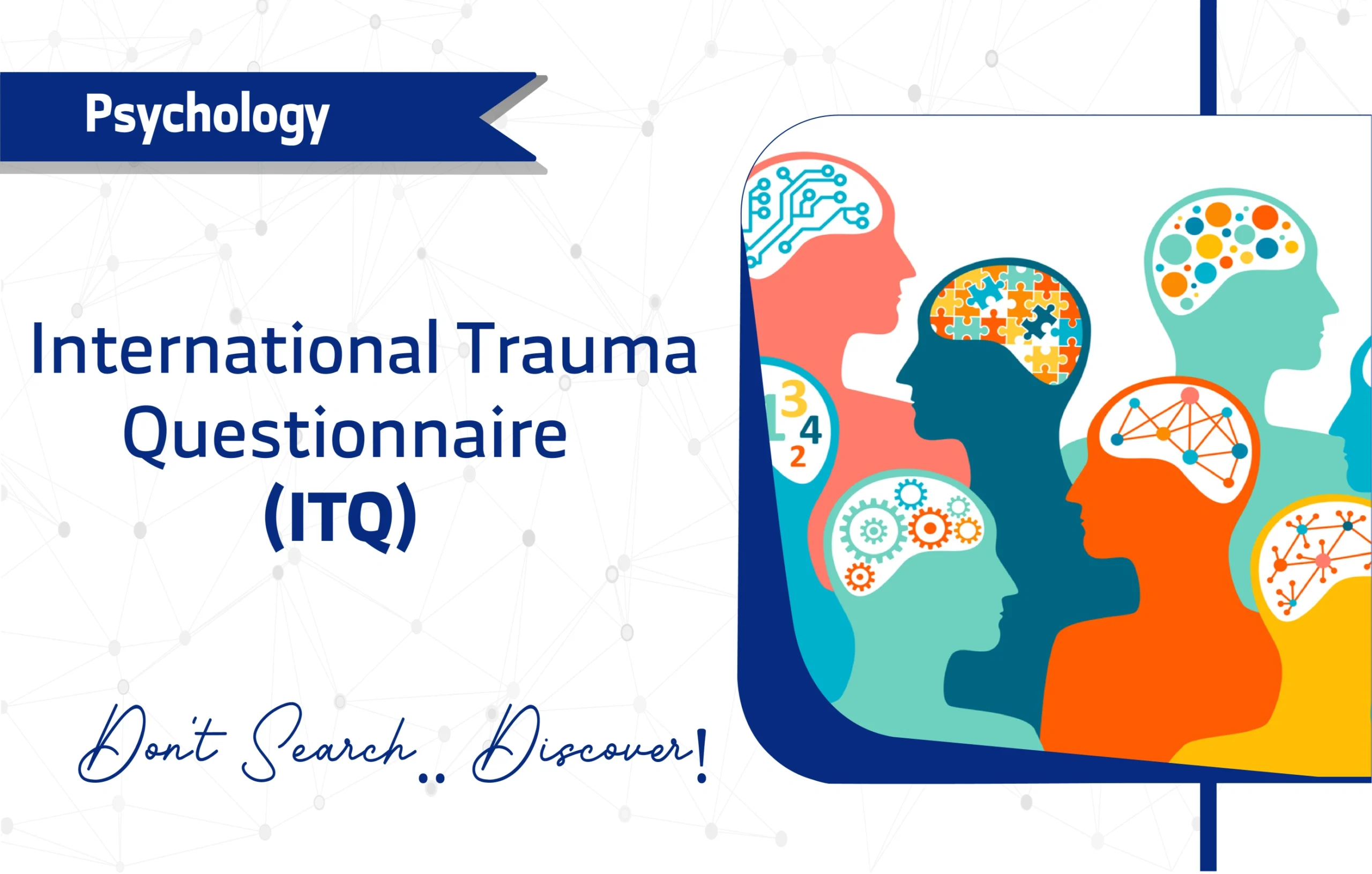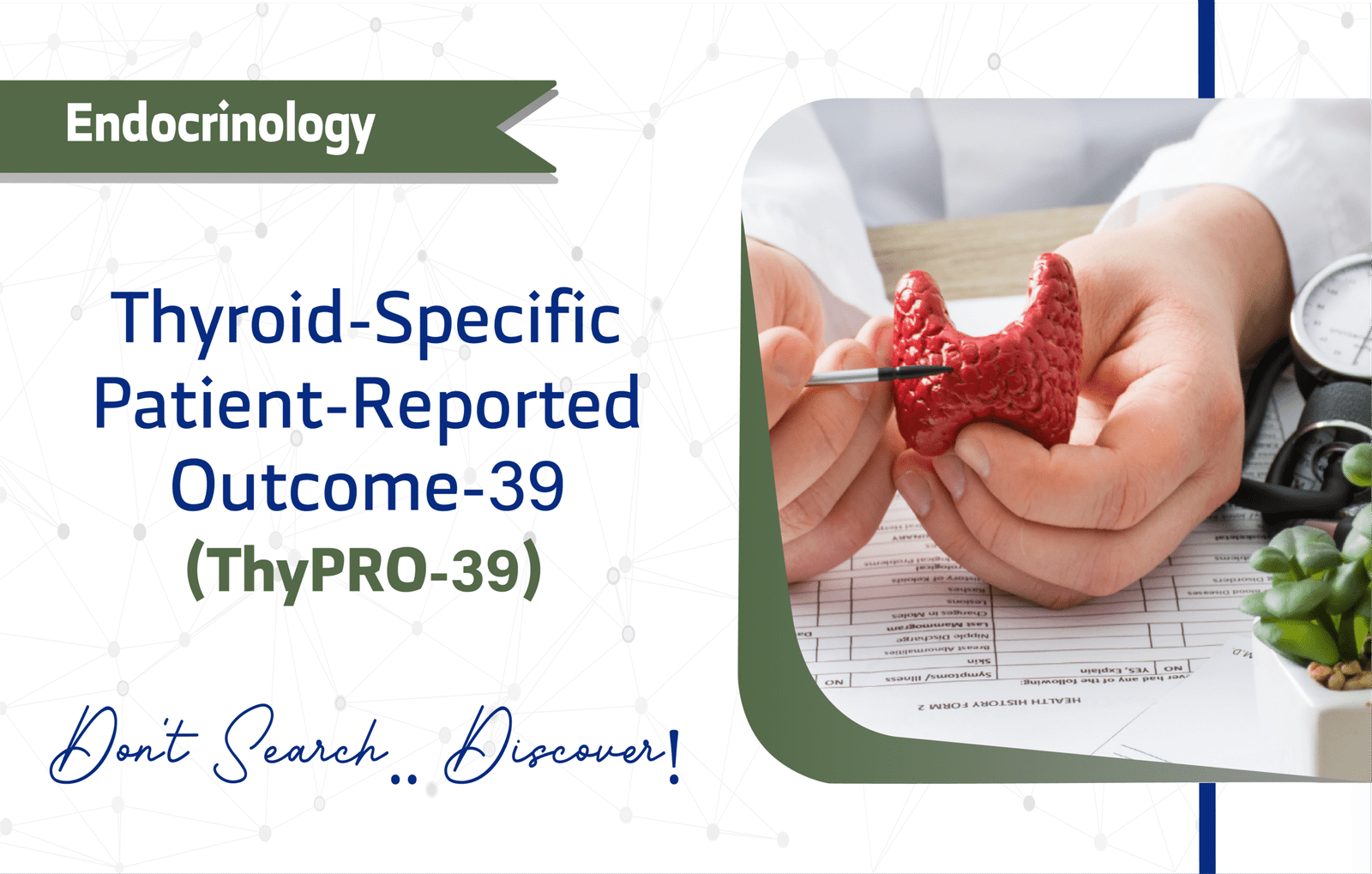Introduction
The Tampa Scale of Kinesiophobia (TSK-17), developed in 1991 by Miller, Robert P., Kori, Shashidar H. and Todd, Dennis D., is a pivotal tool for assessing fear-avoidant behavior in patients with chronic pain or musculoskeletal conditions. Originally published by Tampa General Hospital, Florida, and affiliated research groups, it is now widely accessible through academic and clinical channels.
This 17-item questionnaire quantifies fear of movement or (re)injury, focusing on sub-domains such as fear of physical activity, fear of pain exacerbation, and somatic focus. With over 1,000 citations on Google Scholar, the TSK-17 is widely validated and used globally in clinical and research settings (Vlaeyen et al., 1995; Roelofs et al., 2004).
In this article, we explore its features, applications, and significance for researchers and clinicians optimizing patient care and studying pain-related behaviors.
Key Features of the Tampa Scale of Kinesiophobia (TSK-17)
Purpose and Use
The TSK-17 measures fear of movement, often linked to chronic pain or musculoskeletal issues like neck pain or lower back pain. By identifying fear-avoidance beliefs, it helps clinicians tailor rehabilitation programs and researchers evaluate treatment efficacy. Its versatility makes it a go-to tool in both clinical diagnostics and longitudinal studies.
Target Population
Designed for adults aged 18 and older, the TSK-17 is suitable for young adults, middle-aged adults, and seniors. It’s particularly effective for patients with chronic pain conditions, such as cervical spine issues, fibromyalgia, low back pain, osteoarthritis, cardiac conditions, and other musculoskeletal disorder, making it a flexible tool across diverse clinical populations.
Structure
The TSK-17 comprises 17 questions divided into two sub-domains:
- Activity Avoidance (11 items): Assesses beliefs that physical activity may lead to injury or increased pain.
- Somatic Focus (6 items): Evaluates concerns that pain signals serious medical issues.
Each item uses a 4-point Likert scale (1 = strongly disagree, 4 = strongly agree), with four items (4, 8, 12, 16) reverse-scored to ensure accurate interpretation.
Scoring Method
The TSK-17 yields a total score ranging from 17 to 68. Individual items are scored from 1 to 4, with reverse scoring applied to items 4, 8, 12, and 16. Higher scores indicate greater kinesiophobia. A cutoff score of >37, established by Vlaeyen (1995), predicts poorer health outcomes and signifies high kinesiophobia. The scoring breakdown is:
- 17–37: Low to moderate kinesiophobia.
- >37: High kinesiophobia, warranting targeted interventions.
Administration Format
The Tampa Scale of Kinesiophobia (TSK-17) offers flexibility in administration and can be completed via:
- Paper-based forms
- Digital (Online) platforms
- Interviews (In-person)
- Mobile app
Notably, the TSK-17 is self-administered and requires no special training, making it highly practical for busy clinical settings and research studies. For example, its use in rehabilitation programs helps clinicians address psychological barriers to physical activity, ultimately improving patient outcomes.
Applications of the Tampa Scale of Kinesiophobia (TSK-17)
The TSK-17 serves multiple purposes in clinical and research contexts:
- Screening: Identifies patients with significant fear-avoidance behaviors.
- Monitoring: Tracks changes in kinesiophobia during treatment.
- Treatment Planning: Guides clinicians in designing interventions, such as cognitive-behavioral therapy or graded exposure.
- Research: Supports clinical trials evaluating pain management strategies.
For example, its use in rehabilitation programs helps clinicians address psychological barriers to physical activity, improving patient outcomes.
Languages and Availability
Originally written in English, the Tampa Scale of Kinesiophobia (TSK-17) has been translated into 16 languages, including:
- Arabic
- Mandarin Chinese
- Spanish
- French
- Russian
- German
- Portuguese
- Japanese
- Hindi
- Other languages
This extensive multilingual availability makes the TSK-17 a highly accessible tool for global research and clinical practice, accommodating diverse populations and cultural contexts.
The TSK-17 is free for academic and clinical use, requiring no licensing fees. It is available under an Open Access and Public Domain license, allowing unrestricted use in non-commercial settings. However, permission may be needed for commercial applications, making it widely accessible for researchers and clinicians. Contact Dr. Steven H. Kori for inquiries.
Reliability and Validity
The TSK-17 is highly reliable and valid, with Cronbach’s alpha values typically ranging from 0.78 to 0.86 across studies, indicating strong internal consistency across all items. Test-retest reliability is robust, supporting its use in longitudinal research. Concurrent validity is moderate, with correlation coefficients ranging from r(s) = 0.33 to 0.59, demonstrating its alignment with related measures of pain and fear-avoidance. Validation studies, such as those published in Clinical Journal of Pain (2023) and Physiotherapy Theory and Practice (2004), confirm its sensitivity to changes in pain-related fear across conditions like chronic low back pain and osteoarthritis. These studies underscore the TSK-17’s psychometric strength and clinical relevance.
Validation Studies:
- Original Validation Study: Vlaeyen et al., 1995
- The Tampa Scale of Kinesiophobia: A Systematic Review, Clinical Journal of Pain, 2023 (link)
- Reliability and Validity of TSK, Spine, 2011 (link)
- Psychometric Properties of TSK-17, Physiotherapy Theory and Practice, 2004 (link)
Limitations and Considerations
However, despite its strengths, the TSK-17 has a few limitations:
- Self-report: Responses may be influenced by social desirability bias or subjective interpretation.
- Social Desirability Bias: Patients may underreport fear of movement to present themselves more favorably, potentially skewing results.
Other Versions and Related Questionnaires
- Alternative Versions of TSK-17
Other versions include TSK-11 (11 items), TSK-4 (short version), TSK-Heart (cardiac), TSK-F (fatigue), and TSK-TMD (temporomandibular disorders).
- Complementary Questionnaires
The Fear-Avoidance Beliefs Questionnaire (FABQ), Pain Catastrophizing Scale (PCS), and Chronic Pain Acceptance Questionnaire (CPAQ) complement the TSK-17, assessing related aspects like fear-avoidance, pain catastrophizing, and pain acceptance.
Additional Resources
For more information on the TSK-17 and to access the full questionnaire, visit the following resources:
- Download the TSK-17: Tampa Scale PDF
- Online Calculator: Physiotutors TSK-17
- Interpretation Guide: OrthoToolKit
- TSK-17 Overview and Scoring: Physiopedia Tampa Scale of Kinesiophobia
- TSK-17 Guide and PDF: Carepatron Tampa Scale of Kinesiophobia
- Assessment Overview: NovoPsych Tampa Scale of Kinesiophobia
- For inquiries: Dr. Steven H. Kori, University of Tampa, +1 (813) 257-3333
Frequently Asked Questions (FAQ)
- Who can use the TSK-17?
Clinicians, researchers, and rehabilitation specialists use the TSK-17 for adults with chronic pain or musculoskeletal conditions. - How long does it take to complete the TSK-17?
It takes 5–10 minutes, making it practical for clinical and research settings. - How is the TSK-17 administered?
It can be administered via paper, digital platforms, Interview, or mobile apps, offering flexibility. - Is there any cost to using the TSK-17?
The TSK-17 is free for non-commercial use; commercial use may require permission.
A word from ResRef about Tampa Scale of Kinesiophobia (TSK-17)
The Tampa Scale of Kinesiophobia (TSK-17) is a self-report questionnaire developed to assess fear of movement or re-injury in individuals with chronic pain. It consists of 17 items rated on a 4-point Likert scale, with higher scores indicating greater fear. The TSK is widely used in both clinical and research settings to understand how fear-avoidance beliefs impact recovery and physical activity. It helps guide treatment planning in rehabilitation and pain management programs.
References
- Vlaeyen JWS, Kole-Snijders AMJ, Boeren RGB, van Eek H. Fear of movement/(re)injury in chronic low back pain and its relation to behavioral performance. Pain. 1995 Sep;62(3):363-372. doi: 10.1016/0304-3959(94)00279-N. PMID: 8657437 (link).
- Hudes K. The Tampa Scale of Kinesiophobia and neck pain, disability and range of motion: a narrative review of the literature. J Can Chiropr Assoc. 2011 Sep;55(3):222-32. PMID: 21886284; PMCID: PMC3154068 (link).
- Lundberg, M. K. E., Styf, J., & Carlsson, S. G. (2004). A psychometric evaluation of the Tampa Scale for Kinesiophobia — from a physiotherapeutic perspective. Physiotherapy Theory and Practice, 20(2), 121–133. doi: 10.1080/09593980490453002 (link).
- Dupuis F, Cherif A, Batcho C, Massé-Alarie H, Roy JS. The Tampa Scale of Kinesiophobia: A Systematic Review of Its Psychometric Properties in People With Musculoskeletal Pain. Clin J Pain. 2023 May 1;39(5):236-247. doi: 10.1097/AJP.0000000000001104. PMID: 36917768 (link).
- Mohsen Abedi, Farshad Okhovatian, Maryam Heydarpour Meymeh, Aliyeh Daryabor, Alireza Akbarzadeh Baghban, Reliability and Validity of the Tampa Scale of Kinesiophobia Questionnaire in Individuals with Non-specific Low Back Pain.Middle East J Rehabil Health Stud.2021;8(4):e115185. doi: 10.5812/mejrh.115185 (link).


